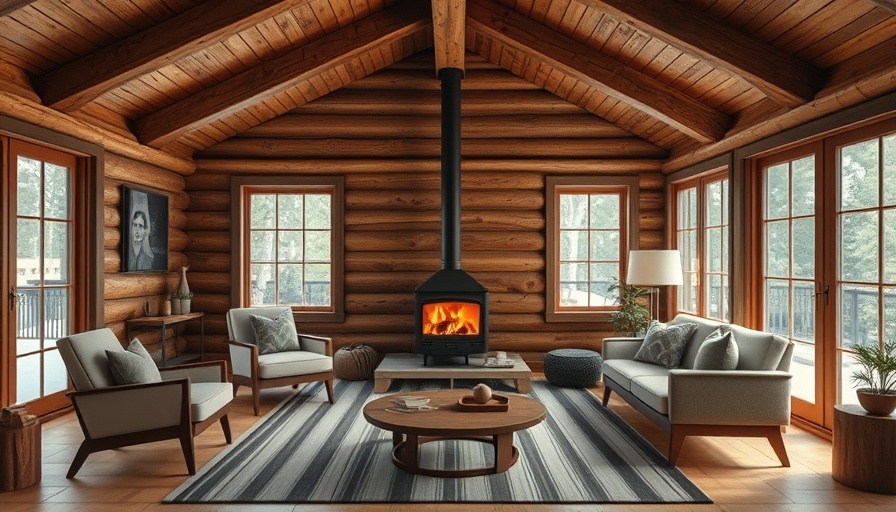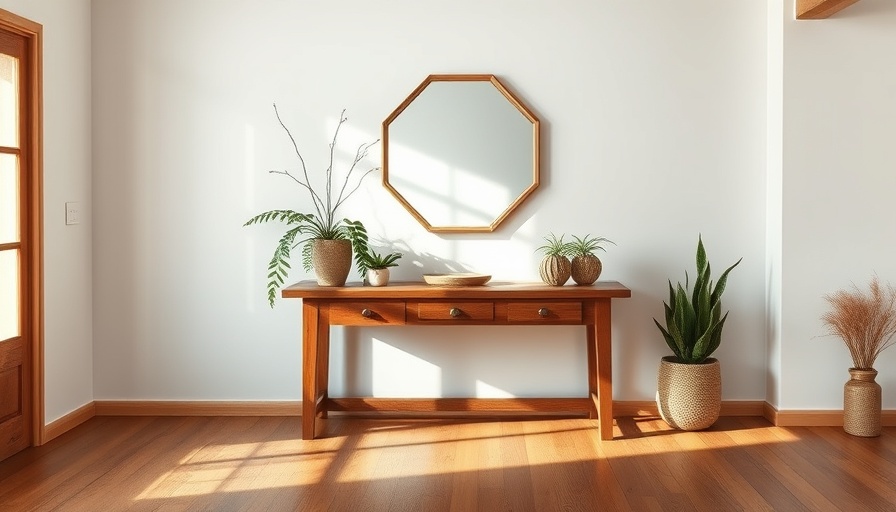
Reimagining a Classic: The Pines Beach Cabin
Imagine a cabin nestled on the coast of Fire Island, a place not just for a family, but for a community. The Pines Beach Cabin, a project by BOND architecture, elegantly balances mid-century design and the vibrant culture of its surroundings. This stunning abode was envisioned by architects Noam Dvir and Daniel Rauchwerger, who have made a mark in the enclave of Fire Island Pines, home to around 600 unique dwellings.
A Home for All, Not Just a Nuclear Family
Unlike traditional family homes, the Pines Beach Cabin is a reflection of a non-nuclear lifestyle. The design features a layout that prioritizes privacy and community interaction. As Dvir explains, it’s not just about creating a space; it’s about creating a feel. Each bedroom and guest suite is easily accessible yet designed with the guests' privacy in mind, resonating with the idea of a shared community experience.
Connecting Architecture and Community
The unique architecture doesn’t just look good—it tells a story. The cabin’s vertical cedar siding mirrors the bold style of Fire Island’s architectural legacy, reflecting a flamboyant modernism that has become the hallmark of the area. This design approach honors iconic architects like Horace Gifford who influenced the island’s aesthetic. Dvir and Rauchwerger aim to fuse cultural narratives with ecological design, a principle that offers hope for how architecture can evolve.
Timeless Elements in Modern Design
Maintaining a connection to the past, the BOND team retained the original pine ceiling and repurposed a fireplace from a neighboring structure—an example of sustainable building practices. This blend of history and modernity not only respects the environment but also preserves the rich narratives that each piece of the cabin holds. Fischer also notes that sharing materials between houses is a common practice on the island due to logistical challenges, linking the community through their shared architectural history.
Community Spaces: The Magic of Connection
Inside, a custom queen-sized daybed in the living room shifts the traditional notion of seating. This choice brings people together, encouraging dialogue among guests. Dvir believes that designing for interaction is essential. “It’s so bourgeois to do a sofa,” he suggests; a daybed fosters a relaxed, open atmosphere. Here, lounging isn't just about comfort—it’s an invitation to form connections, swap stories, and build friendships, reflecting the social fabric of the area.
Conclusion: The Future of Coastal Architecture
The Pines Beach Cabin isn’t just a home; it’s a vibrant community hub designed to harmonize with its stunning coastal environment while challenging traditional architectural norms. As we look toward the future, projects like this showcase the potential of mindful design in fostering inclusive spaces that celebrate diversity and promote communal living.
If you're inspired by innovative design and communal living, consider exploring similar architectural projects in your area, or delve deeper into sustainable building practices that reshape our environments for the better.
 Add Row
Add Row  Add
Add 




Write A Comment